#hubble space telescope
Explore tagged Tumblr posts
Text
#moon landing#full moon#moon#astronomy#nasa#astronomers#universe#nasa photos#astrophotography#outer space#astrophysics#nasawebb#hubble space telescope#space exploration#science#space#spacecraft#space science#james webb space telescope#nasa science#science facts#planetary science#planetary nebula#our universe#the universe#nasa astronauts#nasaastronaut#nasa jpl#astro community#astronomy photography
69 notes
·
View notes
Text
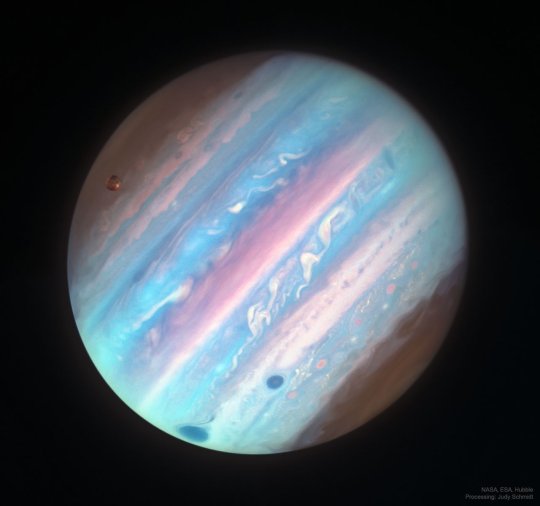

Jupiter in Ultraviolet from ESA/Hubble
#space#jupiter#astrophotography#nasa#hubble space telescope#universe#planet#solar system#galaxy#astronomy#cosmos
19K notes
·
View notes
Text
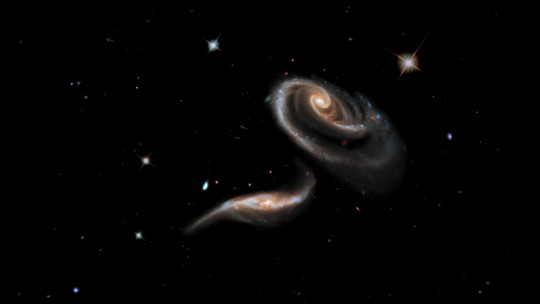
Love Letters from Space
Love is in the air, and it’s out in space too! The universe is full of amazing chemistry, cosmic couples held together by gravitational attraction, and stars pulsing like beating hearts.
Celestial objects send out messages we can detect if we know how to listen for them. Our upcoming Nancy Grace Roman Space Telescope will help us scour the skies for all kinds of star-crossed signals.
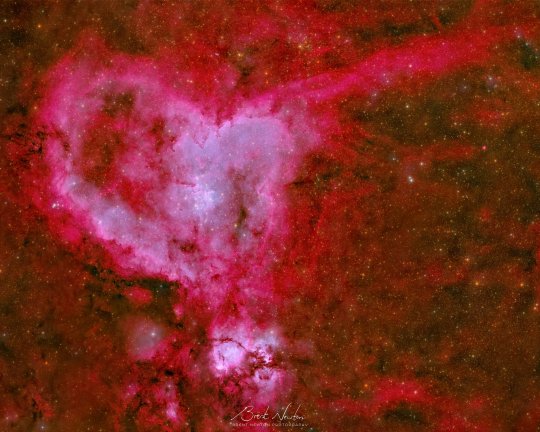
Celestial Conversation Hearts
Communication is key for any relationship – including our relationship with space. Different telescopes are tuned to pick up different messages from across the universe, and combining them helps us learn even more. Roman is designed to see some visible light – the type of light our eyes can see, featured in the photo above from a ground-based telescope – in addition to longer wavelengths, called infrared. That will help us peer through clouds of dust and across immense stretches of space.
Other telescopes can see different types of light, and some detectors can even help us study cosmic rays, ghostly neutrinos, and ripples in space called gravitational waves.
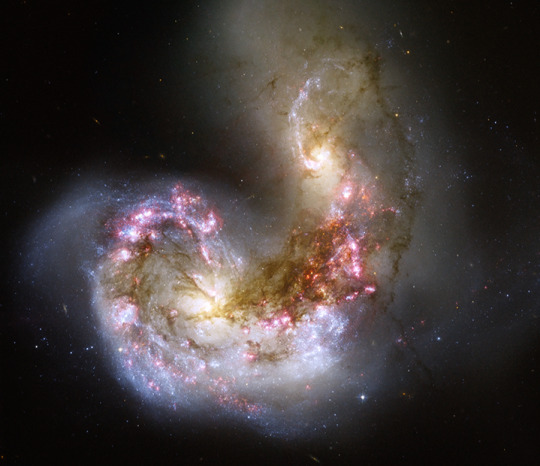
Intergalactic Hugs
This visible and near-infrared image from the Hubble Space Telescope captures two hearts locked in a cosmic embrace. Known as the Antennae Galaxies, this pair’s love burns bright. The two spiral galaxies are merging together, igniting the birth of brand new baby stars.
Stellar nurseries are often very dusty places, which can make it hard to tell what’s going on. But since Roman can peer through dust, it will help us see stars in their infancy. And Roman’s large view of space coupled with its sharp, deep imaging will help us study how galaxy mergers have evolved since the early universe.
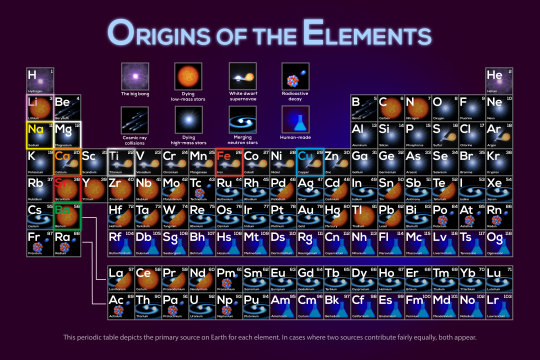
Cosmic Chemistry
Those stars are destined to create new chemistry, forging elements and scattering them into space as they live, die, and merge together. Roman will help us understand the cosmic era when stars first began forming. The mission will help scientists learn more about how elements were created and distributed throughout galaxies.
Did you know that U and I (uranium and iodine) were both made from merging neutron stars? Speaking of which…

Fatal Attraction
When two neutron stars come together in a marriage of sorts, it creates some spectacular fireworks! While they start out as stellar sweethearts, these and some other types of cosmic couples are fated for devastating breakups.
When a white dwarf – the leftover core from a Sun-like star that ran out of fuel – steals material from its companion, it can throw everything off balance and lead to a cataclysmic explosion. Studying these outbursts, called type Ia supernovae, led to the discovery that the expansion of the universe is speeding up. Roman will scan the skies for these exploding stars to help us figure out what’s causing the expansion to accelerate – a mystery known as dark energy.
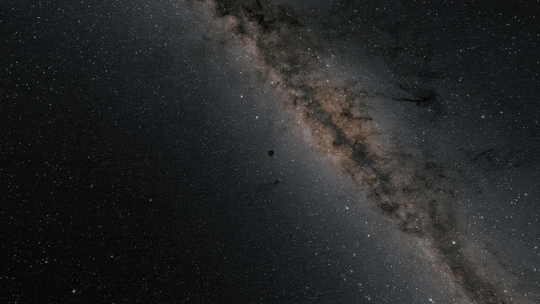
Going Solo
Plenty of things in our galaxy are single, including hundreds of millions of stellar-mass black holes and trillions of “rogue” planets. These objects are effectively invisible – dark objects lost in the inky void of space – but Roman will see them thanks to wrinkles in space-time.
Anything with mass warps the fabric of space-time. So when an intervening object nearly aligns with a background star from our vantage point, light from the star curves as it travels through the warped space-time around the nearer object. The object acts like a natural lens, focusing and amplifying the background star’s light.
Thanks to this observational effect, which makes stars appear to temporarily pulse brighter, Roman will reveal all kinds of things we’d never be able to see otherwise.
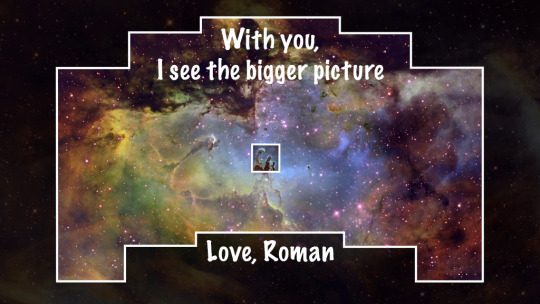
Roman is nearly ready to set its sights on so many celestial spectacles. Follow along with the mission’s build progress in this interactive virtual tour of the observatory, and check out these space-themed Valentine’s Day cards.
Make sure to follow us on Tumblr for your regular dose of space!
#NASA#astronomy#telescope#Roman Space Telescope#Valentine’s Day#space#science#STEM#nebula#chemistry#galaxies#black holes#rogue planets#exoplanets#Hubble Space Telescope#tech
3K notes
·
View notes
Text

Aurora Borealis on Saturn captured by the Hubble Space Telescope
#saturn#aurora#aurora borealis#space#telescope#nasa#astronomy#planets#galaxy#aesthetic#hubble space telescope
5K notes
·
View notes
Text

Aurora on Saturn's south pole.
Instagram: nasahubble
#saturn#solar system#planets#aurora#solar storm#galaxy#milky way#celestial#outer space#universe#aesthetic post#much to ponder#hubble space telescope#hubble telescope#nasa photos#nasa#spirituality#astronomy#astrology
2K notes
·
View notes
Text
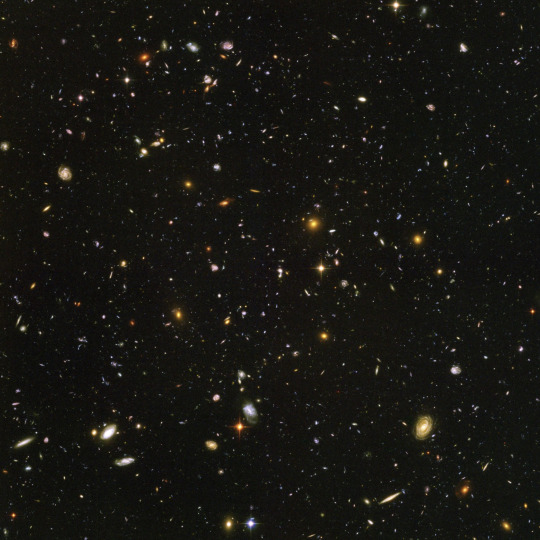
this view of nearly 10,000 galaxies was the deepest visible-light image of the cosmos, it shows a deep core sample of the universe. the total amount of exposure time was 11.3 days, taken between sept. 24, 2003 and jan. 16, 2004.
595 notes
·
View notes
Text

Saturn by JWST
#art#cosmos#cosmic#universe#blast#space#photography#saturn#james webb space telescope#space photography#jwst images#hubble space telescope#astronomy#jwst
228 notes
·
View notes
Text

Bullseye! Researchers using Hubble found a massive galaxy rippling with nine star-filled rings after an “arrow,” the blue dwarf galaxy to its center-left, plunged through its core 50 million years ago. A thin trail of gas still links the pair: https://bit.ly/4hcX52n
#space#astronomy#stsci#science#nasa#universe#hubble#hubble space telescope#hubble image#space news#hubble telescope#galaxy
332 notes
·
View notes
Text

Aurora on Saturn captured by the Hubble Telescope
340 notes
·
View notes
Text








#science#space#astronomy#physics#news#nasa#astrophysics#esa#spacetimewithstuartgary#starstuff#spacetime#hubble space telescope#jwst
492 notes
·
View notes
Text




i've been doing an astronomy internship this summer, and we recently talked about the space telescopes! wanted to personify some of them hehe.
James Webb (they/them): Their shiny poncho thing is inspired by the solar shield. They have a rivalry with Hubble, believing him to be obsolete. However, they secretly are worried they won't be able to live up to his legacy.
Hubble (he/him): His glasses represent the COSTAR instrument that was installed on Hubble to correct it's blurry images. He finds James Webb's attempt at a rivalry amusing, and just wants to become friends with the younger fella and help them out.
Nancy Grace Roman (she/her): A telescope not yet launched, she's an old NRO telescope, and is having trouble adjusting from a life of espionage to one of science.
#my art#astronomy#personification#james webb space telescope#hubble space telescope#nancy grace roman space telescope#jwst#hst#object head#original characters#oc art#original character
598 notes
·
View notes
Text
Close up of Pluto from the New Horizons space probe.
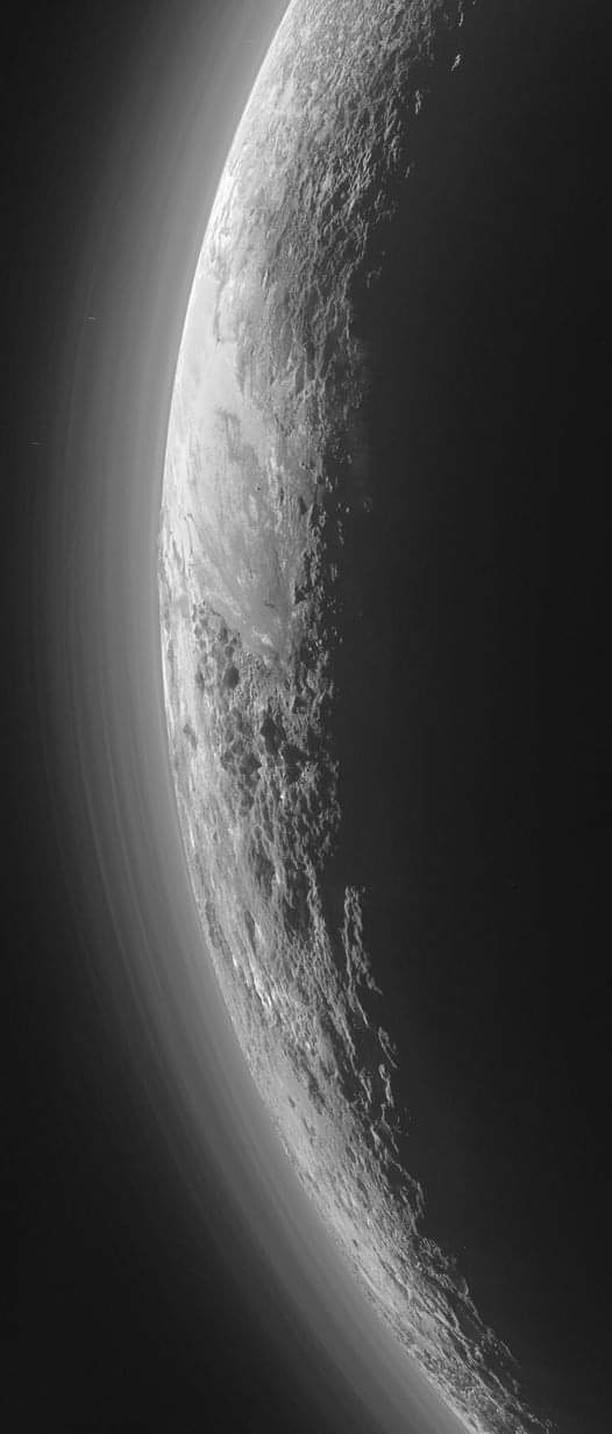
Will be adding several more photos to this same post
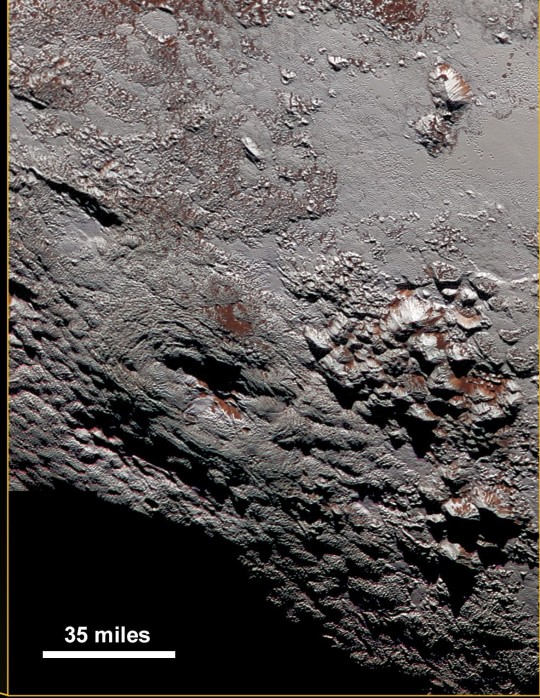

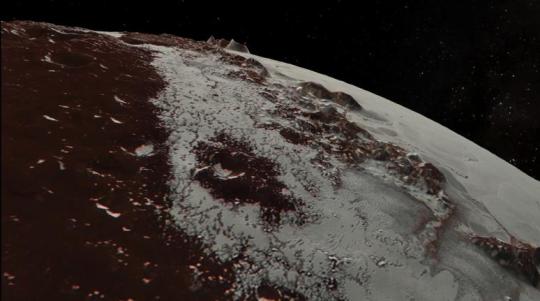
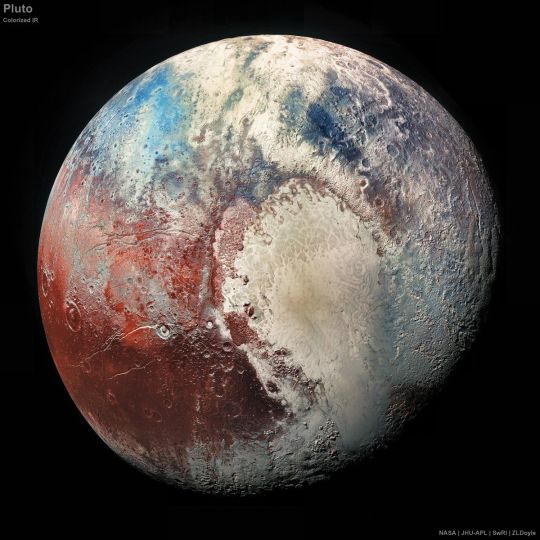
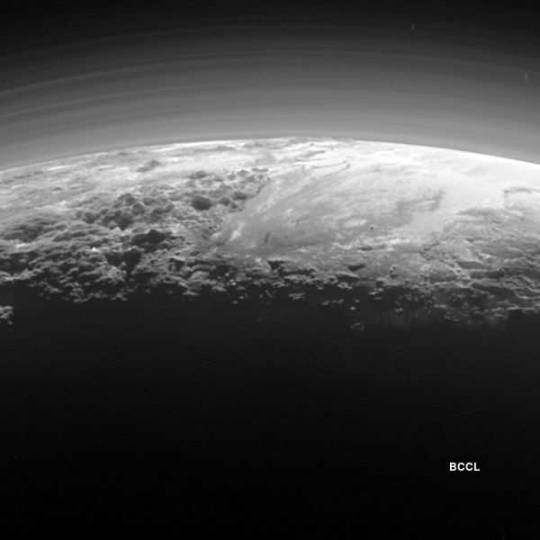
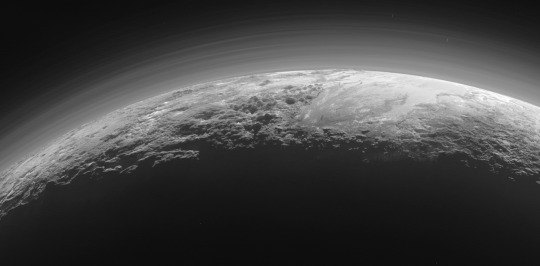

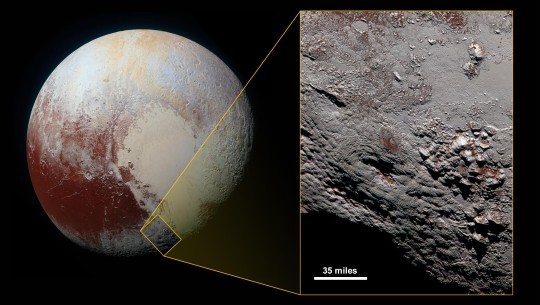
#astronomy#nasa#astronomers#universe#astrophotography#nasa photos#nasawebb#astrophysics#outer space#hubble space telescope#astrology#astronomy photography#astronomy picture of the day#astro observations#astro notes#astro community#astrography#our universe#nebula#pluto#planets#planet#nasa picture of the day#goddard space flight center#galaxies#galaxy#spacecraft#new horizons#space exploration#space
21K notes
·
View notes
Text

At 70 million light-years away, Galaxy NGC 2146
#hubble space telescope#space#galaxy#ngc 2146#astrophotography#stars#night sky#solar system#universe#astronomy#nasa#cosmos#planet
2K notes
·
View notes
Text
The Butterfly Nebula (HST)
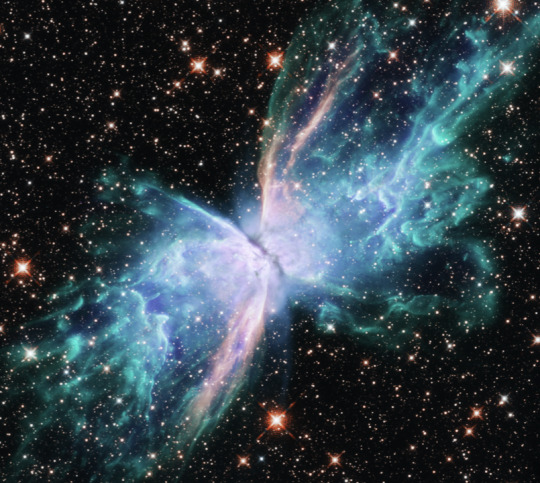
#again for the aesthetic colour blogs#i do this for you#astronomy#space#space photography#astrophotography#hubble space telescope#nasa#butterfly nebula#nebula#stars#space aesthetic#blue aesthetic
1K notes
·
View notes
Text
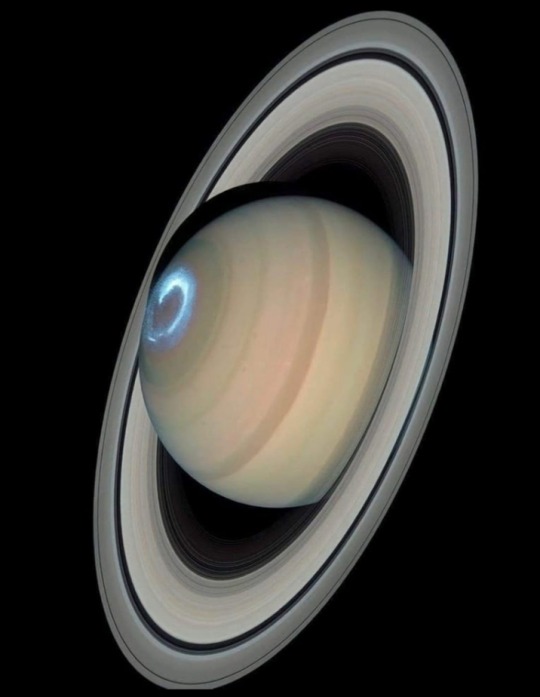
Aurora Borealis on Saturn captured by the Hubble Space Telescope. 🪐
3K notes
·
View notes
Text
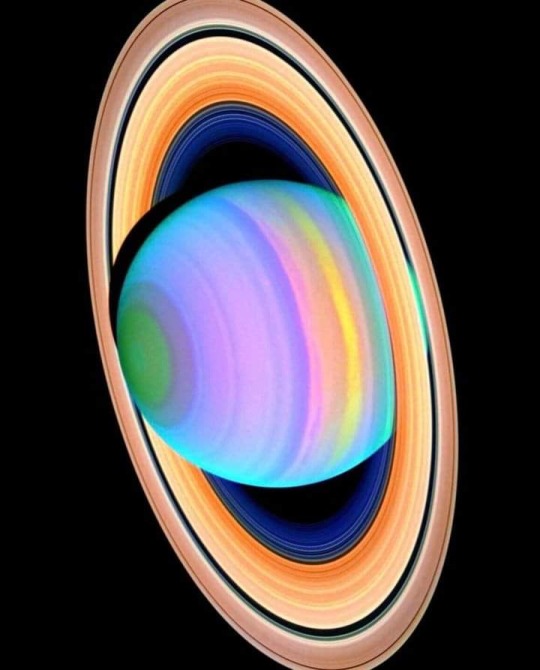
Beautifully Real Image of Saturn, in infrared.
#astronomy#space#saturn#planets#nasa#galaxy#sky#aesthetic#hubble space telescope#hubble telescope#telescope
1K notes
·
View notes